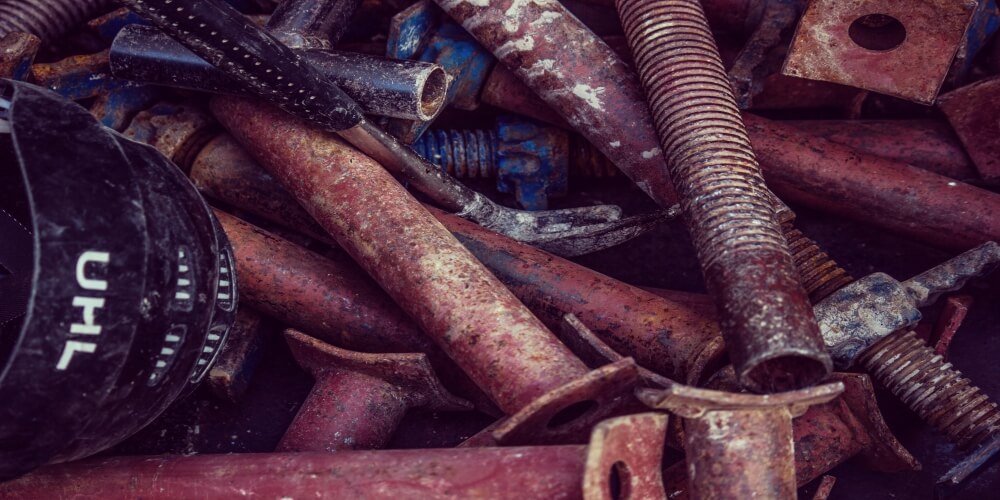Fastening is a complex process that requires hardened material to hold different components together. The market is never short of fasteners, but there is one which passed the test of time in securing massive objects, often in tones known as thread rod.
What are threaded rods?
Commonly referred to as stud, these are rods have varying lengths and thickness, threaded in a helical structure. They resemble a screw, but in this case, the threads extend along the entire rod. Some instances, an allowance near the crown is left.
Another stunning feature represented in a stud is the winding of the threads. Left-handed and right-handed rods common with an exemption of both combined on one rod.
Application of threaded rods
Threads rods are used at different points in life; the construction industry has adopted fasteners’ usage at a massive grade. Thread rods are installed in concrete slabs as a base for supporting steel beam.
Sometimes the engineers may need to adjust the building; the available steel beams will be too short- lengthening is required. Finding a long beam will be a costly and time-demanding approach. Threaded shafts will be used to connect one-two beams on top of one another to increase the general height.
During the construction of tall buildings like the Petronas Twin tower in Kuala Lumpur, Indonesia, massive pipes were jointed together using threaded shafts to form one continuous channel used to transport concrete.
How are threaded rods manufactured?
Rods are produced in three ways:
Cut –to length; here, the roods are produced using hardened steel, threaded and then cut to the desired length.
Cut thread; they use customer’s preferences before denting threads into steel. Some of those choices include left-handed, right-handed, or both.
Mass-produced; companies follow placed orders of industry dynamic to predict the demand. Machines will produce different types which will be warehoused.
All three production modules employ high-quality tensile steel and coating. The coating is also preferential- customers are accustomed to determining which type of coating they need.
Sizes
Size is defined by two critical criteria, diameter, and length. The dimension from tip to tip, usually denoted in inches or centimeters, is called the rod’s length while the diameter demarcates the thickness of the beam.
The diameter determines the weight ratio. The larger the diameter, the stronger the rod; hence it can hold more weight. Small weight can be suspended by lighter rods.
Can you make your threaded rods?
Your creativity may land engineer something unique and special. Well, you might need some new set of fasteners which are also special. If you find yourself in a cross that is challenging your creativity, threaded rods won’t disappoint you. You can bend or cut.
Cutting will require a hack saw or rod cutter, which will help the process without destroying the threads.
This is a stopping point where you will get all information concerning rods. We have understood why thread rods can effortlessly hold massive weights, unlike other supporters, which we will later highlight.
